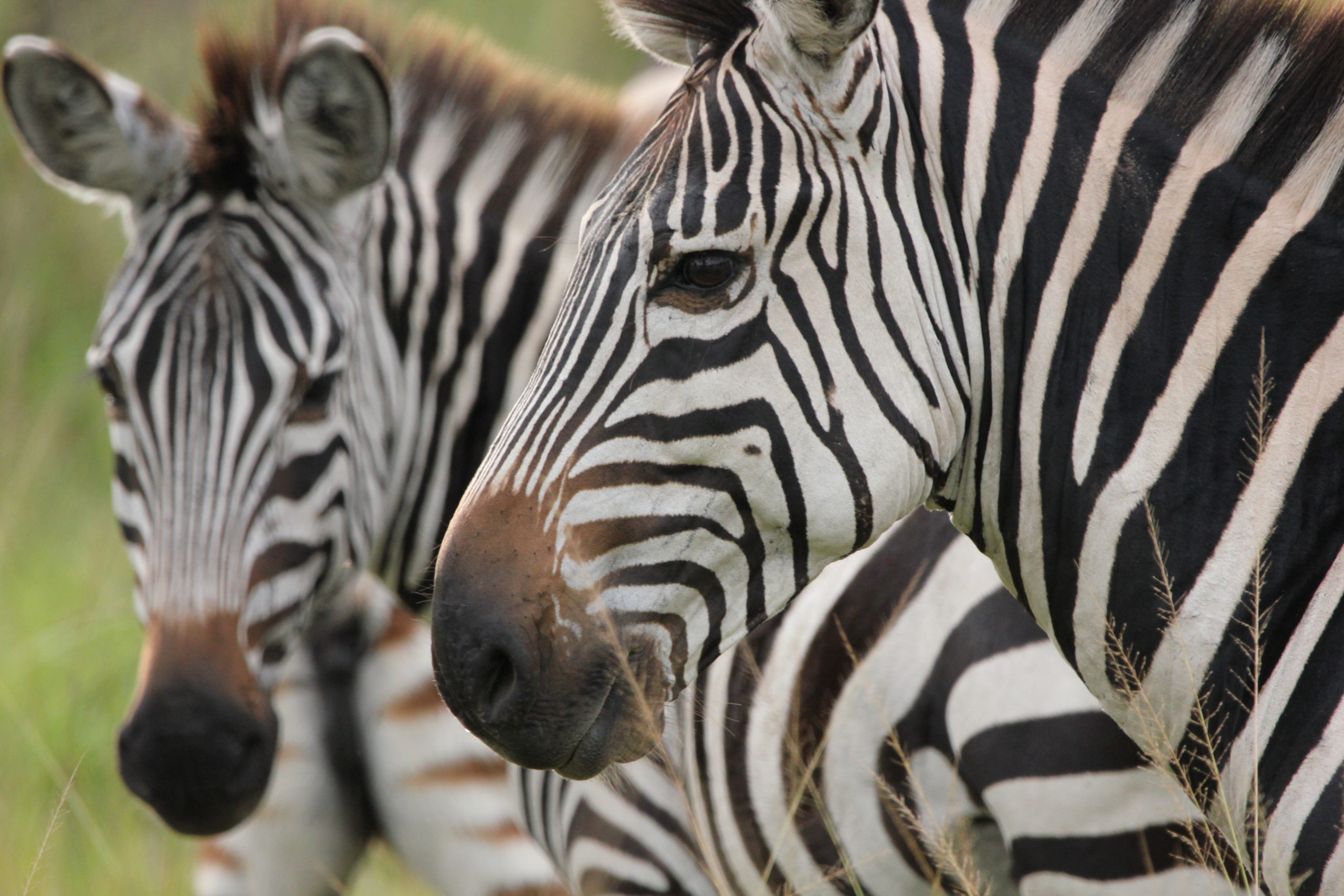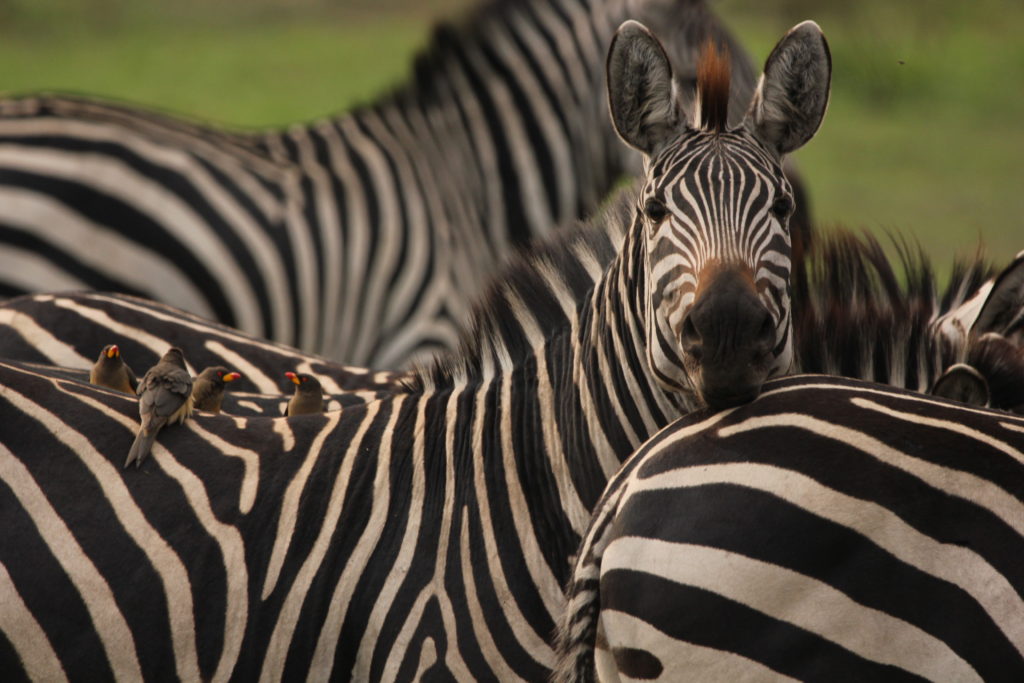
There are many visitors to Uganda that would love to have a taste of the African Wild but only have a day or two during their time in Uganda. Lake Mburo National Park is the closest Wildlife Park to Kampala. It is also the perfect Park where one can break a long journey from Western Ugandan Parks such as Queen Elizabeth National Park, Mgahinga Gorilla Park or Bwindi Impenetrable National Park.
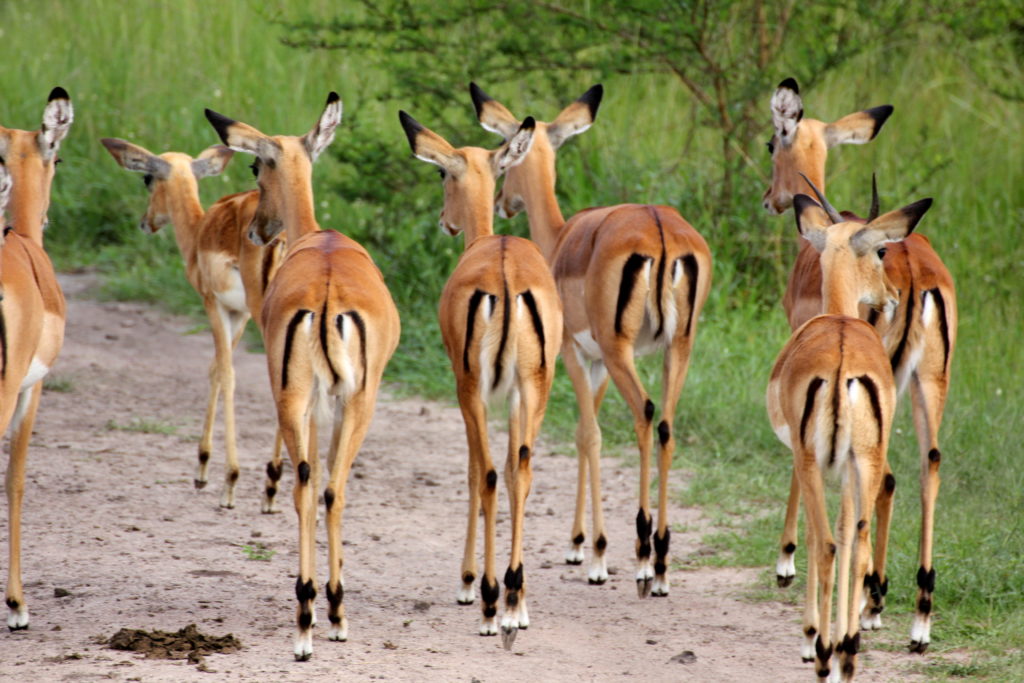
“Whispers of the wild” as it sounds: yet another unique hotspot within the Pearl of Africa. This park welcomes you as you spark off your journey to the rich western province of the country “the Switzerland of the pearl of Africa”. Lake Mburo National Park happens to be the nearest treat from Uganda’s capital in Kampala. Located in Districts of Kiruhura, Mbarara, Isingiro to the South, it is o0ne of the smallest but unique savannah parks within the country. Whispers of the wild as it welcome you to the rich western province. Lake Mburo National Park is located in Kiruhura District in the Western Region of Uganda. The park is about 30 kilometres (19 mi), by road, east of Mbarara, the largest city in the sub-region. This location is approximately 240 kilometres (150 mi), by road, west of Kampala, Uganda’s capital and largest city.
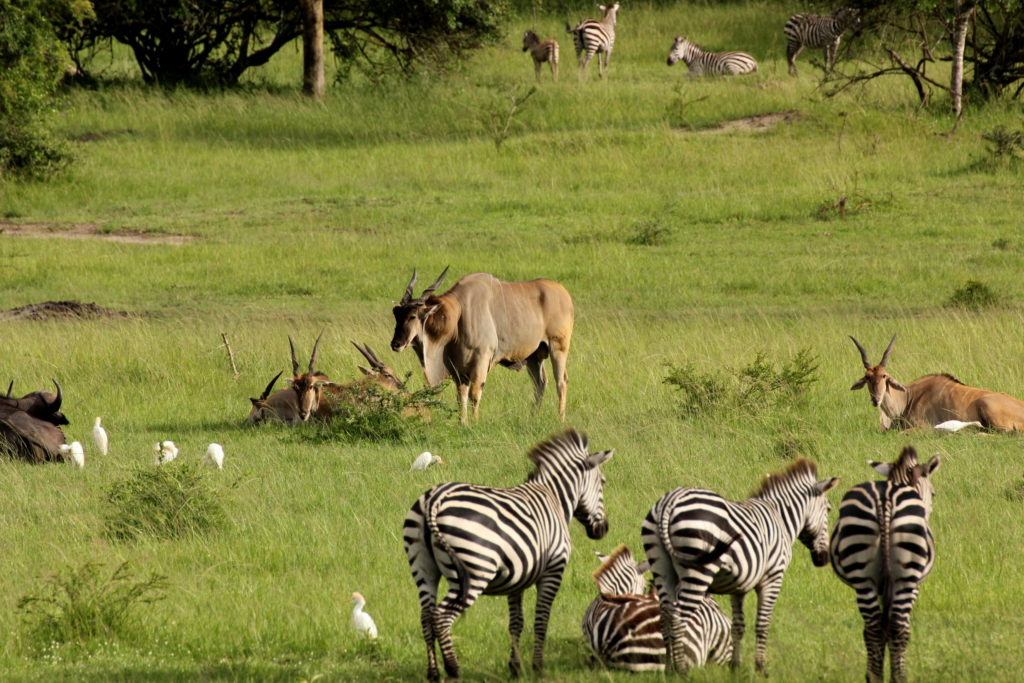
Outstretching a total land area of 370sqkm, Lake Mburo National Park lies at an altitude range of between 1220-1828m above sea level. A number of outstanding features have been noted about this park; it happens to be a hotspot for selected animal species thriving in largest numbers. These include impalas, Zebras, water bucks, warthogs, oribi, eland, buffalo, giraffe mention them, not forgetting a member of the cat family; the leopard The Park is a home to over 350 species of birds. Birders will find the swampy valleys of Warukiri and Miriti, the roadsides between Rwonyo camp and the jetty to be excellent areas for birding and one may spot the rare shoebill Stork here.
Smallest of the Savannah parks, this protected area has the greatest density of animals denoted most significantly by the numbers of the impala and zebras. The vegetation type herein is majorly characteristic of woodland savannah spanning through the park plains and valleys stretching closer towards the lakeside. Proximal to the lakeside are papyrus marshes which increase in density with closer approach to the lake. Somewhere in between the woodland and papyrus marshes are bits of open savannah and a small dense forest.
The lake clearly depicts a pattern of a down-warped lake with an irregular shape. The landscape comprises distinct hills standing differential from one another; with characteristic vegetation of grasses ascending the hill tops. At some points towards the hill tops are patches of dense mini-forests on a few prominent hills. Twenty per cent of Lake Mburo National Park is covered by lakes and wetland swamps which form part of a greater wetland system, extending way beyond the National Park. A total of thirteen lake systems constitutes Lake Mburo. Not only can one be in position to find lakes and wetlands but also savanna grasslands that are dotted with acacia trees, rocky ridges, forested ravines.
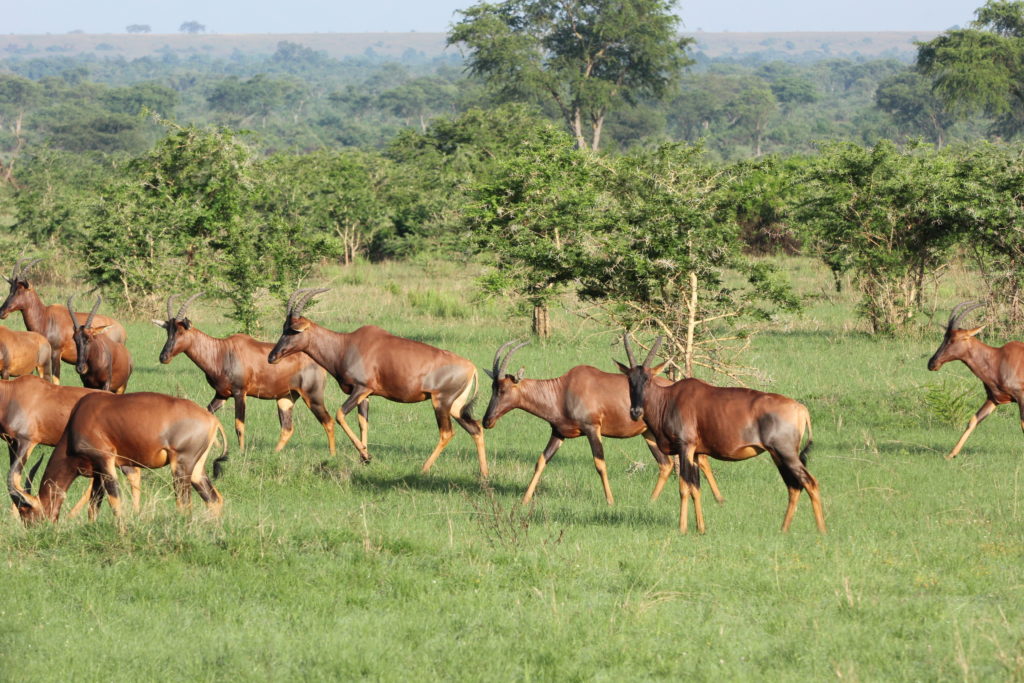
Lake Mburo National park animals and diversity.
Most sighted animals are the impalas due to their high densities within the park. These have been noted moving in large families of approximately ten to fifteen in number. How beautiful it is to sight the multi-colored stripes of the impala that run from the base of their necks towards their hindquarters; brightly colored skin characteristically brown! These tend not to be spotted all alone. Next to them in density and numbers are black and white stripped animals; the zebras. The beautiful stripes of the zebras give the environment a fascinating scene coupled with that of the impala which often graze nearby. Roaming about within the woodland and grassland savannah are also elands, warthogs buffalos which span through the park feeding on the variety of green matter available.
There also exists life in the aquatic habitat; the lake. A glare at the lake shows evidence of life forms existing. Large creatures with glittery backs slightly raise above the water surface are spotted moving and roaming about from section to section within the water. The hippopotamus spends its entire day time period resting beneath the water surface. This has been attributed to the nature of its skin as the sun heat would cause irritation. However, they often move out in the night to have a share of the green matter around the park during the chilly moment just before the tragic sun heat erupts by dawn. Within the water, they also have prominent neighbors; the crocodiles thriving as well within the lake.
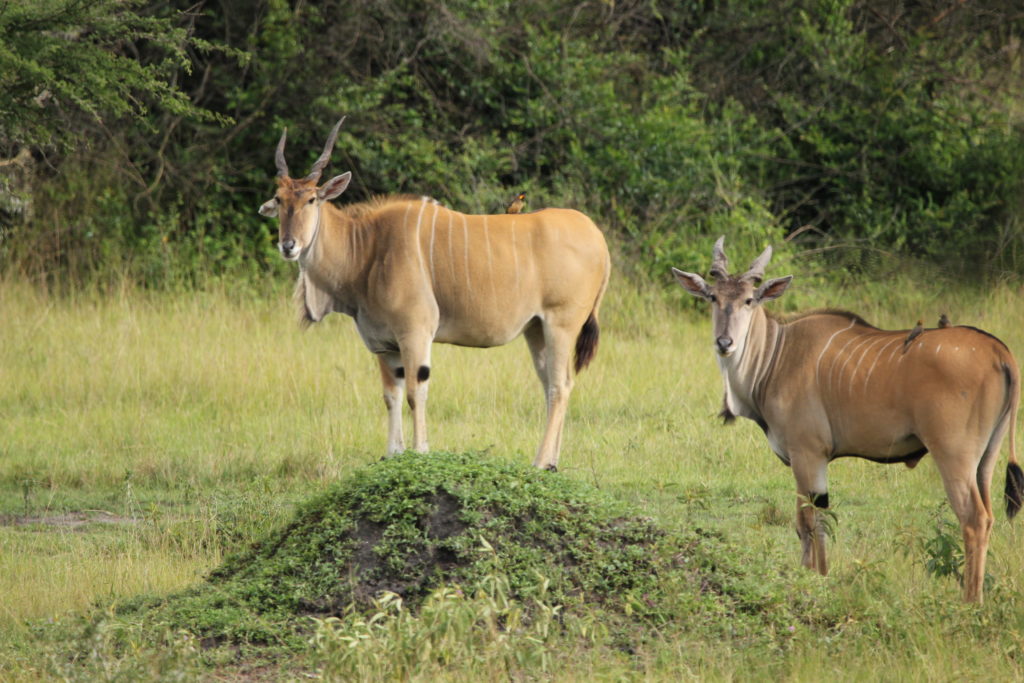
Lake Mburo National Park activities.
While at Lake Mburo National Park, one is able to take part in a number of fun filled activities. Game sightings are at a high probability along the defined routes. Fortunately, almost all sections of the park are accessible thus wildlife sightings are inevitable. Most common sightings are impala, zebras, Giraffes, elands, buffaloes, waterbucks, bushbucks, warthogs, oribi, hippopotamus and crocodiles within the waters. Besides game drives, one is also able to move in on a guided nature walk on foot along the already existing trails. This is a great opportunity for those interested in bird watching activities to actively take part in bird sightings and recordings.
Boat cruises are also available at the disposal of interested parties. This cruise is on the lake to different points at interests of clients. One is able to enjoy the cool breeze hovering above the lake. I guess it would seem more fun sipping a cold drink to feel the breeze deep within oneself! Guided forest walks are also available within the park’s mini-forests. Above all the experience one has to get from the park, a guided visit to the salt lick is crucial. It serves as a communal and a “must reach” area for these animals after a grazing or browsing period.
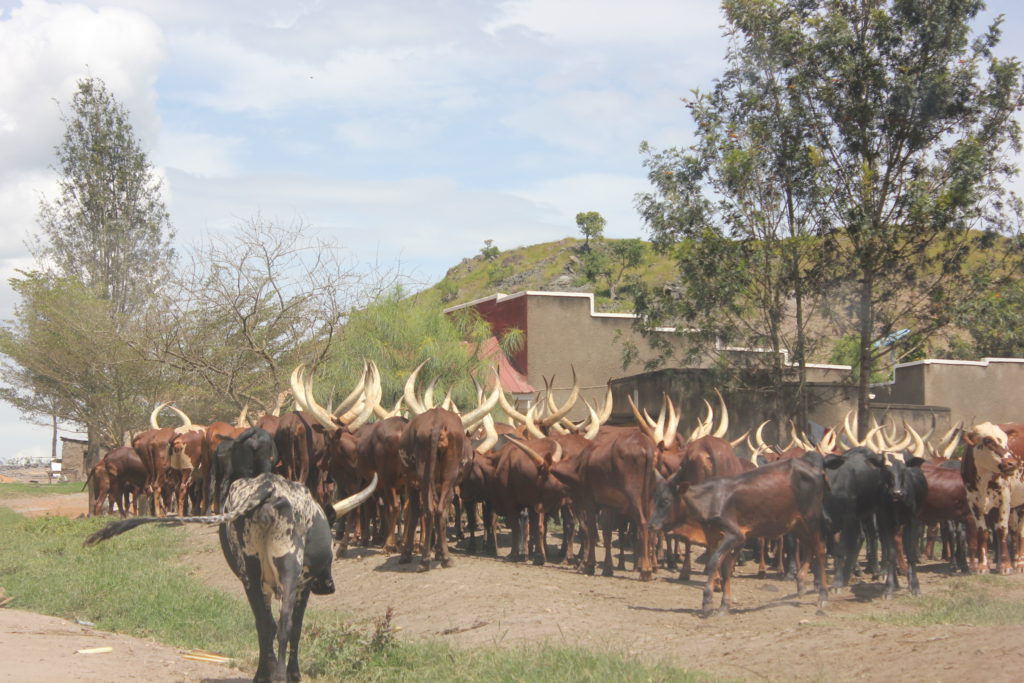
Bahima are the immediate occupants of the area around Lake Mburo National Park. The community engages in a number of ventures which contribute so much to their livelihoods. Agriculture majorly perennials like bananas are grown in the immediate northern neighborhood of the park. The area is also pronounced for rearing the breed of the long-horned Ankole cattle, indigenous to the area and tribe. Similarly, the Banyankole from the neighboring district of Mbarara have been known to keep this breed of animals. There must definitely be something so special about these long horned Ankole cattle! There is so much worth knowing about the cultures revolving around the two “ntu” tribes of the Bahima and Banyankole. This is only possible with a visit to the area around Lake Mburo National Park.

